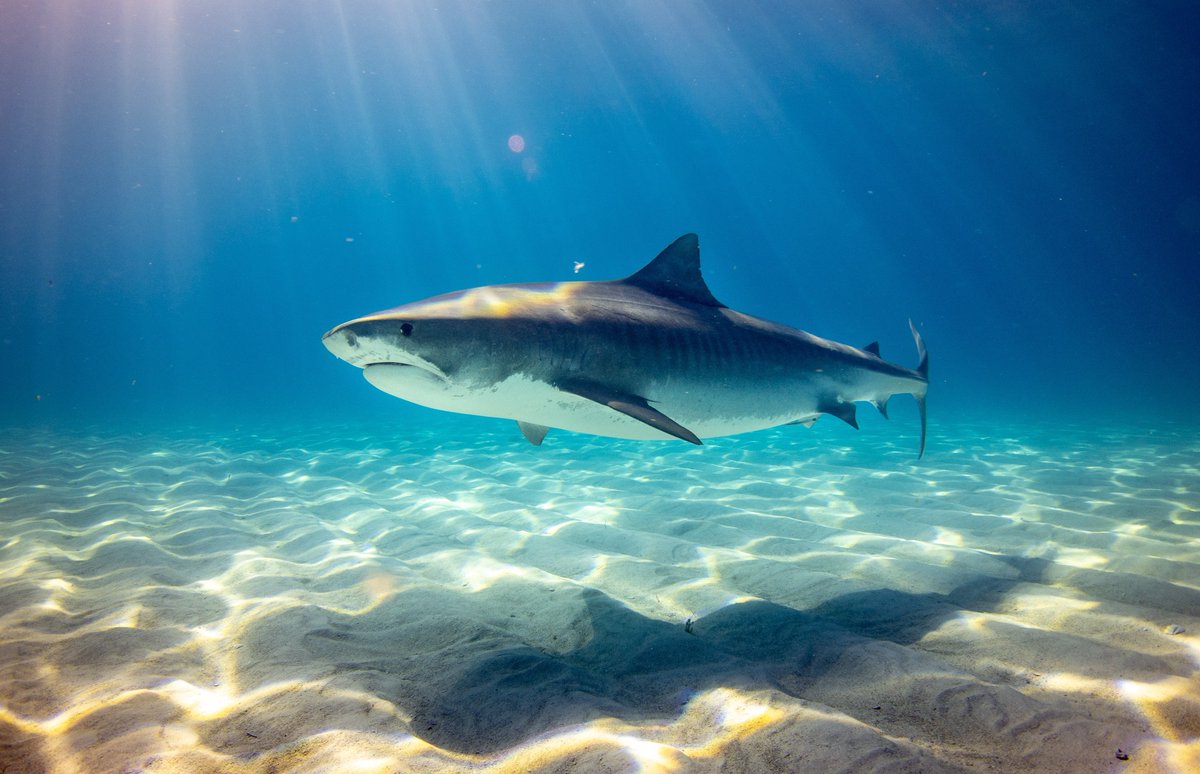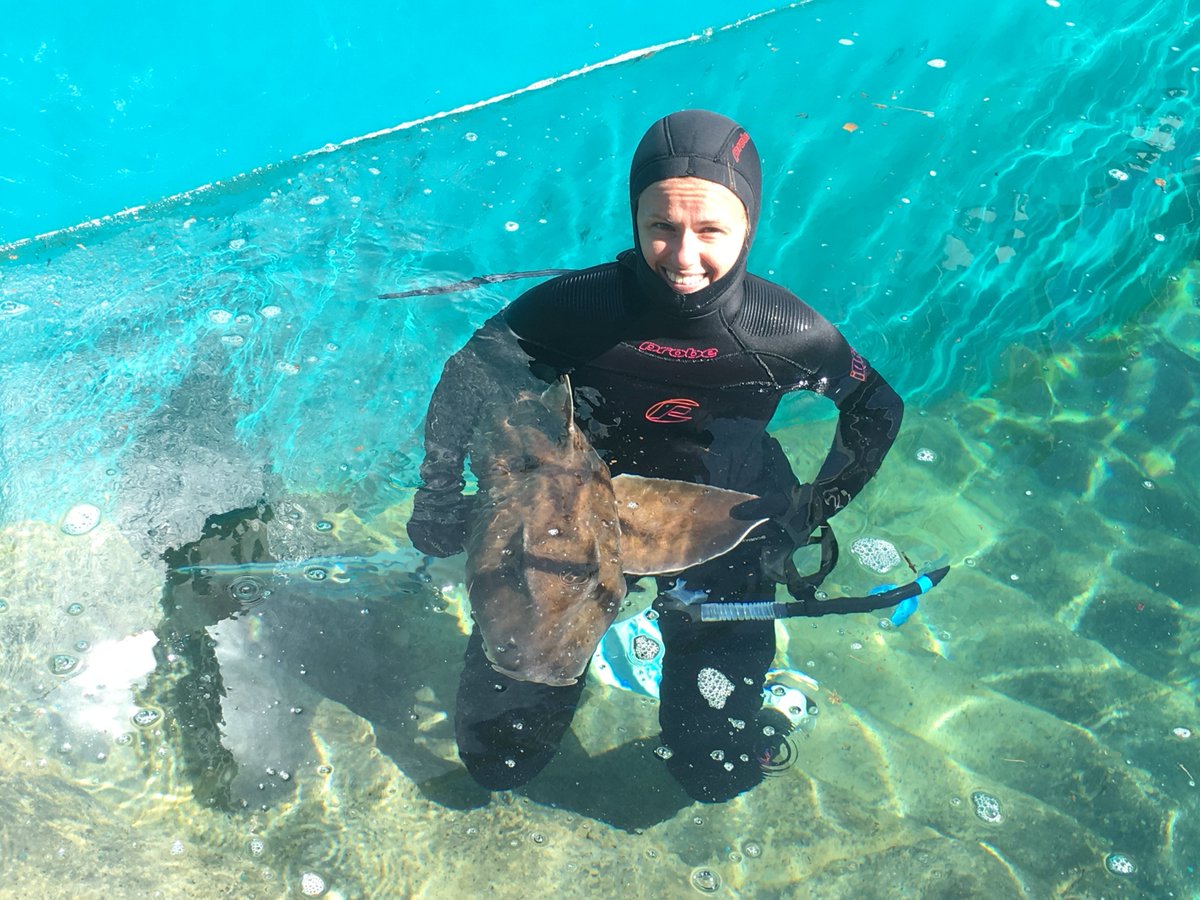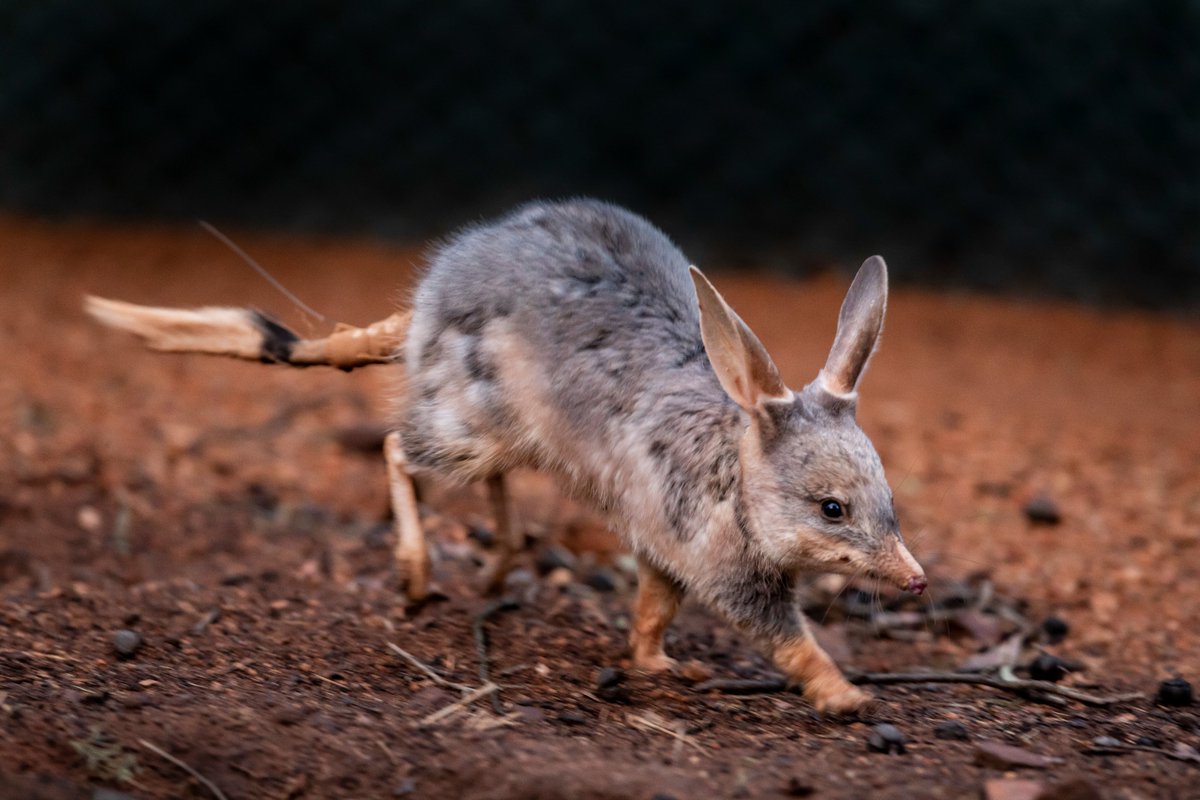
How to get URL link on X (Twitter) App


 This @ARC_gov_au funded project builds on a previous ARC LP by this team that uncovered information on #shark vision and demonstrated the effectiveness of counter-illumination (light emitting) devices in deterring shark attacks
This @ARC_gov_au funded project builds on a previous ARC LP by this team that uncovered information on #shark vision and demonstrated the effectiveness of counter-illumination (light emitting) devices in deterring shark attacks



 Data from GPS and accelerometer tags fitted to Taronga zoo-based Port Jackson #sharks allowed the team to identify resting & active swimming, as well as feeding behaviour.
Data from GPS and accelerometer tags fitted to Taronga zoo-based Port Jackson #sharks allowed the team to identify resting & active swimming, as well as feeding behaviour. 

 Australian sea lions use a combination of sound, sight and smell to communicate and recognise their pups. Mothers can use the size and colour patterns in pup coats to help located their offspring in a colony royalsocietypublishing.org/doi/pdf/10.109… @RSocPublishing #AnimalCommunication
Australian sea lions use a combination of sound, sight and smell to communicate and recognise their pups. Mothers can use the size and colour patterns in pup coats to help located their offspring in a colony royalsocietypublishing.org/doi/pdf/10.109… @RSocPublishing #AnimalCommunication

 Results are showing that #RegentHoneyeaters that were tutored to sing, either directly by adult birds or by virtual tutoring, had a better chance of surviving in the wild.
Results are showing that #RegentHoneyeaters that were tutored to sing, either directly by adult birds or by virtual tutoring, had a better chance of surviving in the wild.

 #RegentHoneyeaters are in decline due to threats from #habitatloss and degradation. #Drought, #bushfire, competition, and now even the precariously small size of the remaining population all pose risks to the species’ survival.
#RegentHoneyeaters are in decline due to threats from #habitatloss and degradation. #Drought, #bushfire, competition, and now even the precariously small size of the remaining population all pose risks to the species’ survival.

 The #PlainsWanderer has no living close relative, which places it top of the @EDGEofExistence list. Remnant populations of this small ground-dwelling bird are mostly in Victoria, eastern South Australia and in the western Riverina region of NSW.
The #PlainsWanderer has no living close relative, which places it top of the @EDGEofExistence list. Remnant populations of this small ground-dwelling bird are mostly in Victoria, eastern South Australia and in the western Riverina region of NSW.

 The #bilbies are a key part of the Wild Deserts project in #SturtNP and, as ecosystem engineers, are paving the way to #HabitatRestoration across thousands of hectares in #NSW. #SavingOurSpecies PC: Bobby-Jo Vial
The #bilbies are a key part of the Wild Deserts project in #SturtNP and, as ecosystem engineers, are paving the way to #HabitatRestoration across thousands of hectares in #NSW. #SavingOurSpecies PC: Bobby-Jo Vial 

 GPS devices collected incredibly detailed data on nightly #bilby movements, and radio-transmitters allowed us to locate #bilbies underground during the day. This track shows how bilby “Charlie” used the sanctuary just after release
GPS devices collected incredibly detailed data on nightly #bilby movements, and radio-transmitters allowed us to locate #bilbies underground during the day. This track shows how bilby “Charlie” used the sanctuary just after release

 Of course, all #bilbies underwent thorough health checks with the Taronga Western Plains Zoo veterinary professionals prior to release. #WildlifeHealth
Of course, all #bilbies underwent thorough health checks with the Taronga Western Plains Zoo veterinary professionals prior to release. #WildlifeHealth 

 While the ultimate aim is securing the species in the wild, producing animals fit #ForTheWild and a sanctuary fit to house them in, constitutes a significant amount of the work towards achieving this goal.
While the ultimate aim is securing the species in the wild, producing animals fit #ForTheWild and a sanctuary fit to house them in, constitutes a significant amount of the work towards achieving this goal.

 An example of a recent research project in at Taronga Zoo in #Sydney was to look at the so-called visitor effect on our animals. E.g. How do our animals perceive zoo visitors? #HumanAnimalInteractions
An example of a recent research project in at Taronga Zoo in #Sydney was to look at the so-called visitor effect on our animals. E.g. How do our animals perceive zoo visitors? #HumanAnimalInteractions 

 Observing #AnimalBehaviour & doing #AnimalHealth checks is only part of the picture. New #tech4wildlife help us identify potential welfare issues in real-time, especially for animals in remote locations, or large groups, or those where immediate up-close assessment isn't possible
Observing #AnimalBehaviour & doing #AnimalHealth checks is only part of the picture. New #tech4wildlife help us identify potential welfare issues in real-time, especially for animals in remote locations, or large groups, or those where immediate up-close assessment isn't possible

 A fundamental principle of #RRAP is to work closely with #GreatBarrierReef Traditional Owners, and engage different stakeholders, community groups and interests in the co-design, deployment and evaluation of proposed interventions or technologies.
A fundamental principle of #RRAP is to work closely with #GreatBarrierReef Traditional Owners, and engage different stakeholders, community groups and interests in the co-design, deployment and evaluation of proposed interventions or technologies.


 Time was of the essence! These #frogs live only 3-4 years & were all adults on arrival at Taronga. These critical but ageing founders possess unique genes necessary for their species to adapt and survive in an ever-changing environment.
Time was of the essence! These #frogs live only 3-4 years & were all adults on arrival at Taronga. These critical but ageing founders possess unique genes necessary for their species to adapt and survive in an ever-changing environment. 

 #GeneticDiversity within #wildlife populations relates to long-term survival. Genes affect many things, including body size, #disease, tolerance of temperature extremes, all of which can be important for #CoralReef systems. #Coral #RRAP
#GeneticDiversity within #wildlife populations relates to long-term survival. Genes affect many things, including body size, #disease, tolerance of temperature extremes, all of which can be important for #CoralReef systems. #Coral #RRAP

 Our recent research showed that primary kids in #Sydney were more connected to nature than kids in high school doi.org/10.1371/journa… Also, girls were more connected than boys, and were more likely to volunteer for #conservation.
Our recent research showed that primary kids in #Sydney were more connected to nature than kids in high school doi.org/10.1371/journa… Also, girls were more connected than boys, and were more likely to volunteer for #conservation.



 The #brushturkey project is a great example of this onlinelibrary.wiley.com/doi/10.1111/ae… Taronga's Dr John Martin & Dr Alicia Burns & their collaborators were finalists in the 2020 Australian Museum Eureka Prize for Innovation in #CitizenScience. Go team! #ScienceWeek
The #brushturkey project is a great example of this onlinelibrary.wiley.com/doi/10.1111/ae… Taronga's Dr John Martin & Dr Alicia Burns & their collaborators were finalists in the 2020 Australian Museum Eureka Prize for Innovation in #CitizenScience. Go team! #ScienceWeek 